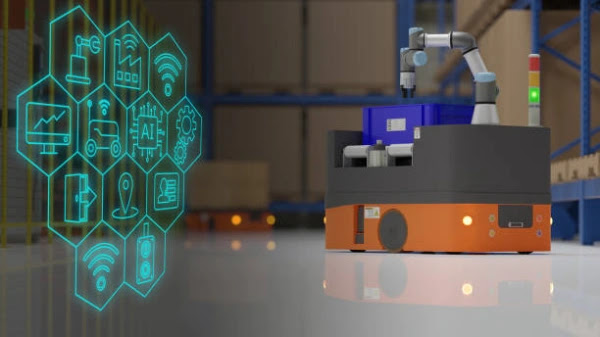Featured
- Get link
- X
- Other Apps
Bright Green Environmentalism

Environmentalism
Bright green environmentalism is an approach to environmental
issues that focuses on proactive and innovative solutions to ecological
challenges. Unlike traditional environmentalism, which often highlights the
negative impacts of human activities on the planet, bright green
environmentalism seeks to inspire positive change through technological
advancements, sustainable practices, and creative problem-solving.
One of the key principles of bright green environmentalism
is the belief that technology can play a crucial role in creating a more
sustainable future. Instead of viewing technology as the enemy, bright green
environmentalists see it as a powerful tool for addressing environmental
problems. This perspective encourages the development and implementation of new
technologies that can help reduce our ecological footprint.
Renewable energy is a prime example of how technology can be
harnessed for positive environmental impact. Bright green environmentalists
advocate for the widespread adoption of clean energy sources such as solar,
wind, and hydropower. These technologies not only reduce our reliance on finite
and polluting fossil fuels but also contribute to the mitigation of climate
change.
In addition to embracing technological solutions, bright
green environmentalism emphasizes the importance of sustainable practices in
various aspects of life. This includes promoting eco-friendly agriculture,
responsible consumption, and waste reduction. Sustainable agriculture, for
instance, focuses on methods that maintain soil health, conserve water, and
minimize the use of harmful pesticides and fertilizers.
The concept of cradle-to-cradle design is another aspect of
bright green environmentalism that promotes sustainability. This approach
involves creating products with materials that can be fully recycled or
biodegraded, minimizing waste and environmental impact. By rethinking the
entire life cycle of products, from production to disposal, cradle-to-cradle
design encourages a more circular and less wasteful economy.
Bright green environmentalists also advocate for the
conservation and restoration of ecosystems. Recognizing the interconnectedness
of all living beings, they understand the importance of preserving biodiversity
and protecting natural habitats. Efforts to restore degraded ecosystems, such
as reforestation and wetland restoration projects, are seen as essential
components of bright green environmentalism.
Education and awareness play a crucial role in the bright
green environmentalist movement. By fostering a deeper understanding of
ecological issues and promoting environmentally conscious behavior, advocates
hope to inspire individuals and communities to make sustainable choices. This
includes encouraging eco-friendly practices in businesses, schools, and
households, as well as supporting policies that promote environmental
responsibility.
One notable characteristic of bright green environmentalism
is its optimism and focus on positive solutions. Rather than dwelling on the
dire consequences of environmental degradation, bright green environmentalists
highlight success stories and showcase initiatives that have made a positive
impact. This positive framing is intended to inspire hope and motivate people
to actively participate in building a more sustainable future.
Critics of bright green environmentalism argue that it may oversimplify the complexities of ecological challenges and underestimate the need for systemic change. While technological advancements and sustainable practices are important, some argue that addressing root causes, such as overconsumption and inequitable distribution of resources, requires broader societal transformations. In conclusion, bright green environmentalism offers a forward-thinking and optimistic approach to addressing ecological issues. By emphasizing the potential of technology, promoting sustainable practices, and encouraging positive change at individual and societal levels, bright green environmentalists strive to create a future where humans coexist harmoniously with the planet. While debates about the movement's effectiveness continue, its emphasis on innovation and proactive solutions brings a refreshing perspective to the ongoing dialogue about the environment and our role in preserving it.
- Get link
- X
- Other Apps

